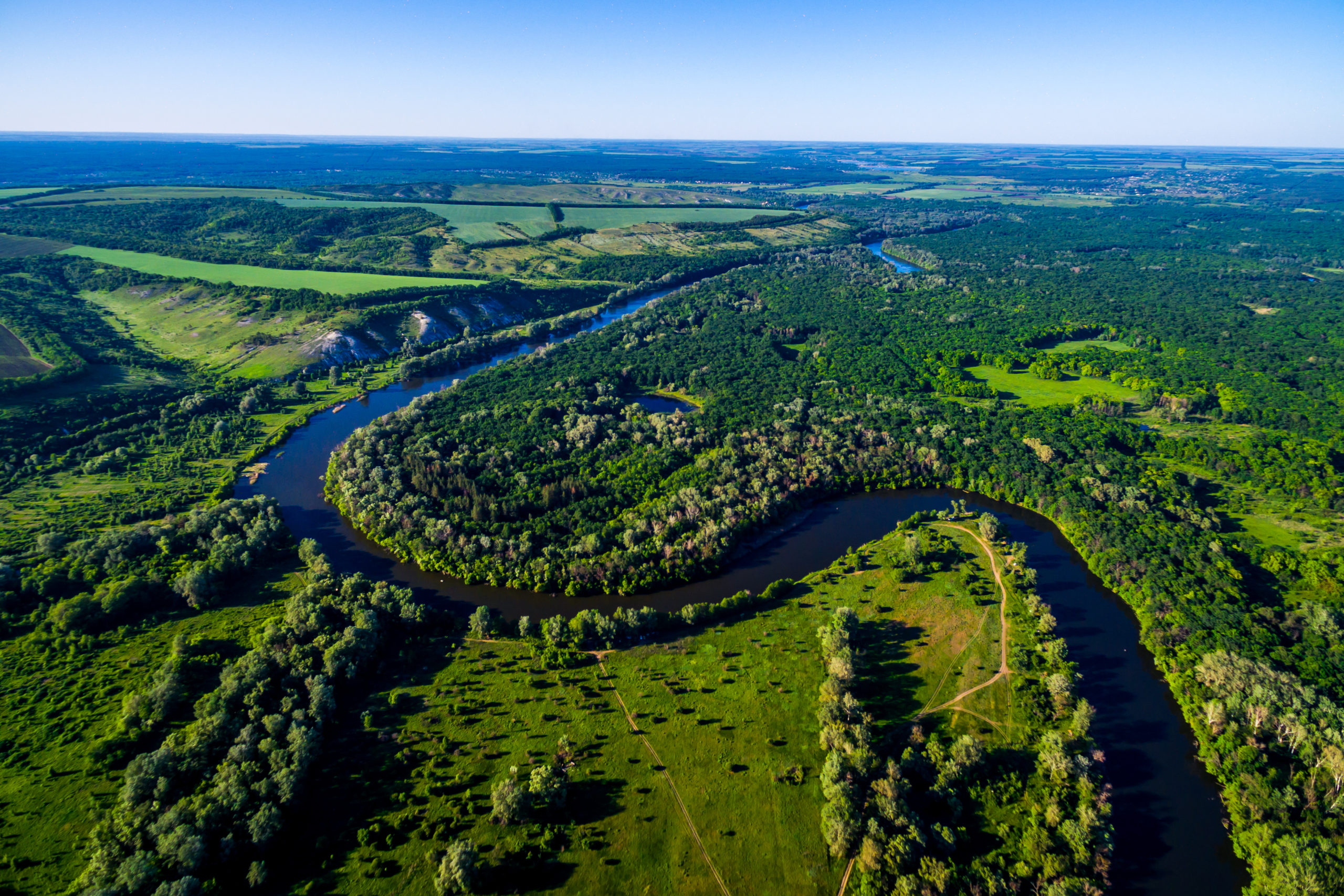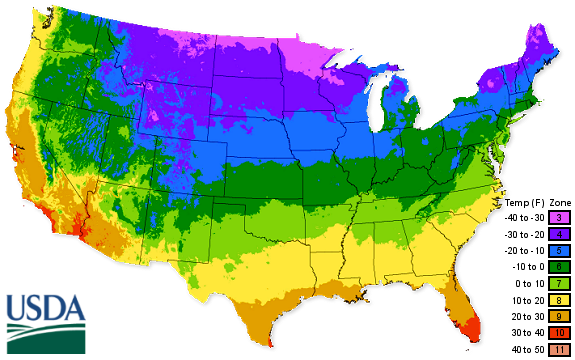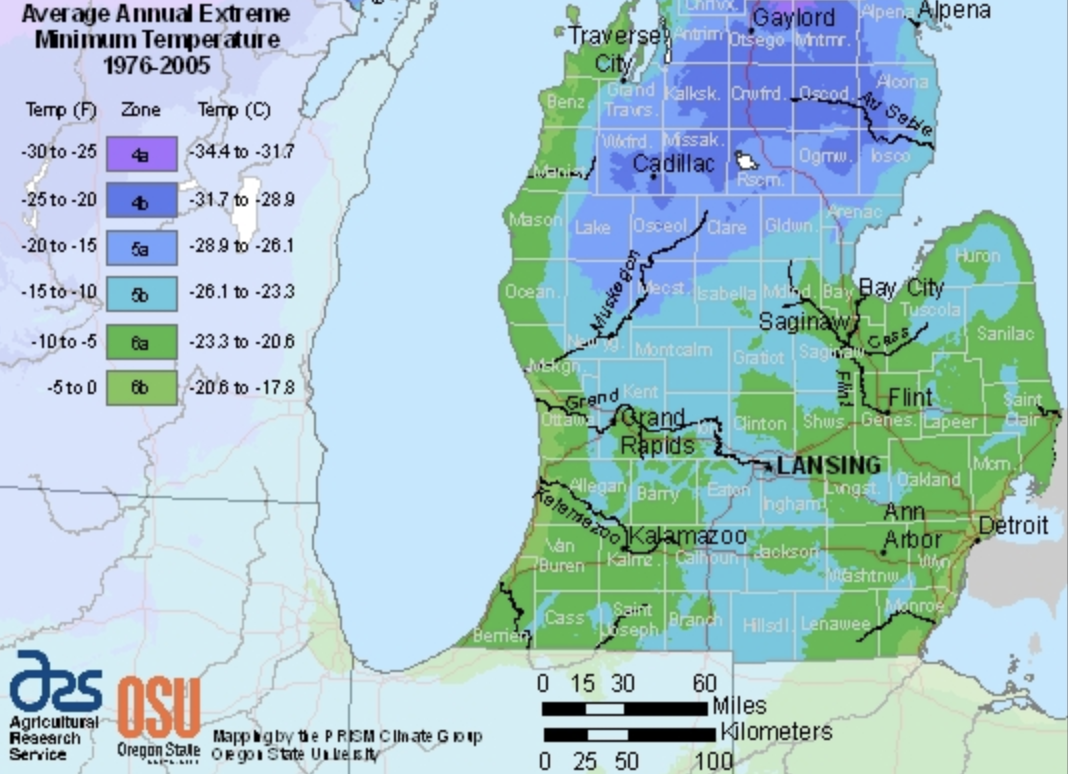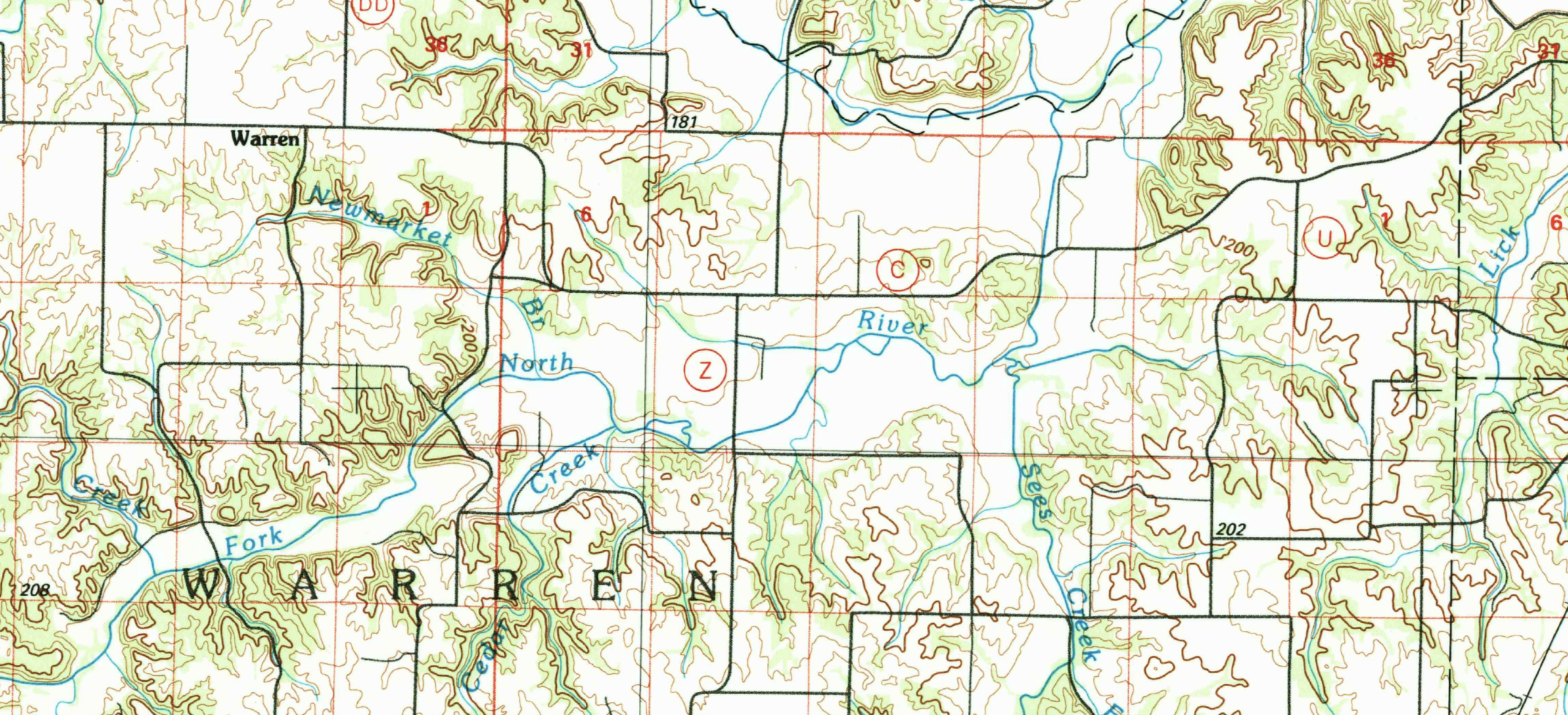Know What's In Your Zone
Increasingly, modern land stewards are enhancing their property by putting down roots – planting mast-producing shrubs and trees that will attract and support wildlife. Many factors influence how successful those plants will be, not the least of which is climate. If you want to maximize production, you need to choose plants that are adapted for the local climate, and that includes both macro- and microclimate. Let’s look at the former first, and the latter later.

Macroclimate
Macroclimate is a characterization of average annual temperatures and rainfall. Certain species of trees and shrubs are adapted to living in certain climates, which is why species composition changes over broad geographic areas, particularly on a north to a south gradient. You don’t see the same plants in Texas as you do in Minnesota, or Florida or Maine.
Thanks to the U.S. Dept. Of Agriculture and plant producers like Chestnut Hill Outdoors, the process of determining which plants are most likely to thrive in your particular area is relatively simple. The USDA Plant Hardiness Zone Map divides the nation into 10-degree F zones based on average annual minimum winter temperatures. These Zones or Regions are then used to describe the range in which plants are adapted to, and can be grown.
USDA Plant Hardiness Plant Zone Map Link: http://planthardiness.ars.usda.gov/PHZMWeb/

To ensure you pick the right plants for your region, Chestnut Hill Outdoors lists these Zones for each of their products. From North to South – Dark Purple is Zone 4, Blue Zone 5, Dark Green Zone 6, Pale Green Zone 7, Yellow Zone 8, and Tan Zone 9. They also check all orders to ensure plant species are appropriately suited to their destinations.

(One would think that Michigan’s northern latitude would place it in the frigid Zone 4. However, in certain areas, the great lakes regulate the macroclimate to stay within the USDA Zone 6. Local terrain will have an effect on microclimate in the same way on a smaller scale. Having knowledge of your property is critical in site selection)
Microclimate
Macroclimate will help you determine what to plant, and microclimate can help you decide where to plant. Numerous habitat variables like elevation, slope, aspect, site location, and even proximity to water bodies can create variations in temperature, sunlight and soil moisture. These variations, in turn, can enhance or hinder the growth rates of particular plants, and so are an important consideration in choosing where to plant.


(Elevation, slope, aspect, site location, and even proximity to water bodies can create variations in temperature, sunlight and soil moisture. Soil conditions can be different just yards away!)
Soft mast producing fruit trees provide a prime example. Species that break dormancy early could be damaged by late-season frosts that settle into frost pockets at the bottom of valleys or even swales, but may do better on hillsides where the cold air drains off to the bottom and does not damage the trees. They may also do better in areas with a more southerly exposure that are warmed by winter sun and protected from prevailing cold north winter winds.
In summary, select species that are appropriately suited to your site by using the USDA Plant Hardiness Zone Map and specific zone recommendations from Chestnut Hill Outdoors. Then maximize their production by planting them in locations with the most favorable microclimate.


